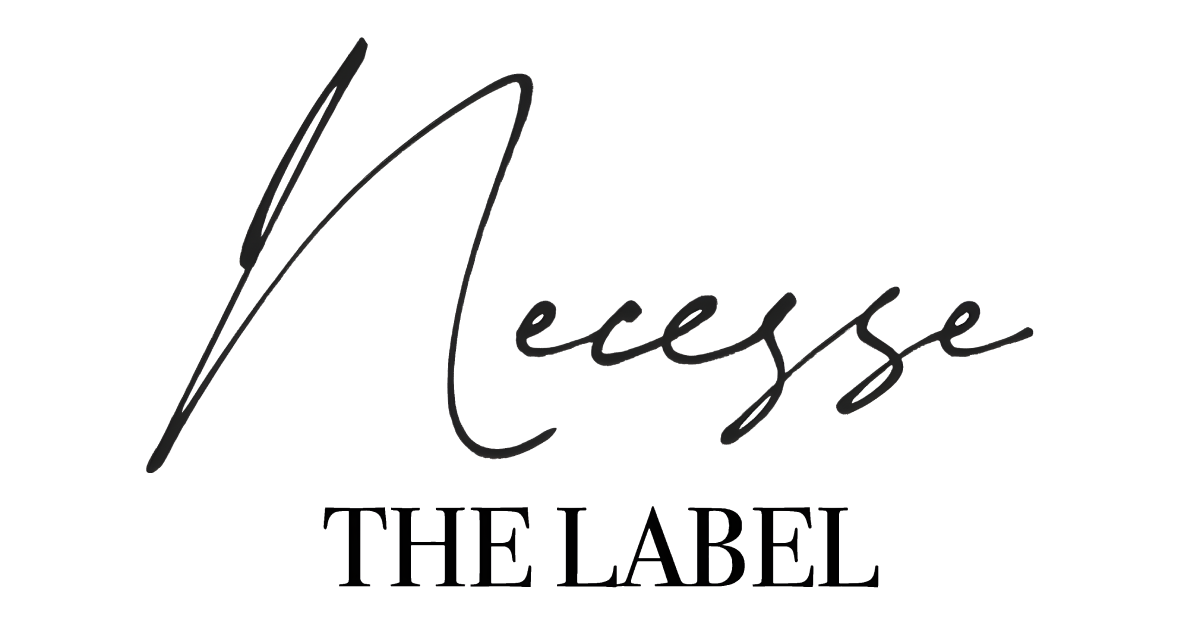Article: Behind the Print: The Romeo & Juliet Collection
Behind the Print: The Romeo & Juliet Collection
BEHIND THE PRINT: THE ROMEO AND JULIET COLLECTION
Shakespeare’s Romeo and Juliet is often reduced to its most digestible elements — a tale of young love, doomed from the start. But beneath its well-worn reputation lies a work of astonishing complexity: a study in duality, where love and violence intertwine, fate and personal agency battle for dominance, and passion is both salvation and destruction. The tension and the inherent richness of this text is what this collection seeks to capture in its print design.
WORDS AS DESIGN, LITERATURE AS TEXTILE
The written word is central to Romeo and Juliet’s enduring power, and it was imperative that the text itself became an integral part of the collection. The selected quotes are not just decorative; they are thematic anchors. Some are instantly recognizable markers of literary history:
-
“Did my heart love till now? forswear it, sight! For I ne'er saw true beauty till this night.”
-
“Then I defy you, stars.”
-
“These violent delights have violent ends.”
Others are quieter, more intimate lines that might slip past the casual reader but hold within them the play’s deeper truths:
-
“I fear too early, for my mind misgives; Some consequence, yet hanging in the stars, Shall bitterly begin.”
-
“Come, gentle night; come, loving, black-browed night; Give me my Romeo; and, when I shall die, Take him and cut him out in little stars.”
Each phrase was chosen to reflect the story’s fundamental conflicts: love as rebellion, love as fate, love as an almost religious devotion. These words — whether emblazoned on a silk slip dress or woven into a visual pattern — are a dialogue between past and present, between Shakespeare’s Verona and the wearer’s own world.
A VISUAL LANGUAGE OF SYMBOLS
Beyond the text, the collection’s prints are infused with a lexicon of imagery, each element a cipher for the themes of Romeo and Juliet.
-
Roses and Stars: The two ruling forces of the play — love and destiny. The rose, an emblem of romance and transience, speaks to the beauty and fragility of their love. Stars, meanwhile, are omnipresent in Romeo and Juliet, serving as harbingers of fate that dictate human lives.
-
The Sun: Romeo describes Juliet as the sun — a force that outshines all else, transforming darkness into light. She is now the object around which Romeo's entire existence revolves. The light which Romeo is referring to also evokes the physical sensation of sunlight on skin, and, in this context, we can infer a more temporal — or even sensual — undertone in this analogy.
-
The Dove: drawn from Romeo’s first impression of Juliet ("a snowy dove trooping with crows"), represents purity, but also freedom, the tragic impossibility of which defines their love. The dove also famously symbolises peace; though the specific form of peace which is resembles is unclear: the spiritual peace Romeo and Juliet believe they've found in each other; or perhaps the peace they unintentionally broker between their families in the wake of their deaths.
-
The Sacred Heart and the Snake: The sacred heart, traditionally a symbol of divine love, here takes on a dual meaning. It reflects the play’s deeply religious backdrop — the omnipresence of Catholicism in Elizabethan England and Shakespeare’s deft use of religious rhetoric to frame Romeo and Juliet’s love as holy. But it also nods to the more visceral, carnal undercurrent of their passion, an idea echoed in Baz Luhrmann’s Romeo + Juliet, a film that has profoundly shaped modern interpretations of the play. Winding through this is the ouroboros — the snake eating its own tail — an ancient symbol of self-destruction and renewal, encapsulating the cyclical nature of love, conflict, and fate.
-
Butterflies and Skulls: The entire arc of Romeo and Juliet unfolds in mere days—a love so incandescent precisely because it is fleeting. The butterfly, ephemeral and delicate, serves as a reminder of this. It is counterbalanced by the skull, an image inspired by the Hasanlu Lovers — two 3,000-year-old skeletons locked in an eternal embrace. Romeo and Juliet is ultimately a love story defined not by life, but by death, and this juxtaposition — beauty and finality, ephemerality and permanence — is at the core of the collection.
-
Delville’s Phantom Lovers: The figures on the back of the robe are drawn from Untitled (904) by Jean Delville, a Belgian Symbolist painter whose work often explores mysticism and the transcendence of love. This particular piece was chosen for its ethereal intensity, its portrayal of figures suspended between passion and dissolution — an image that perfectly encapsulates the spirit of Romeo and Juliet.
TRANSLATING LITERATURE INTO LUXURY
Necesse was founded on the principle that clothing should be more than just fabric; it should carry meaning, history, and intention. This collection is not about Shakespearean nostalgia, nor is it about a simplistic retelling of Romeo and Juliet. It is about distilling the essence of the play — its beauty, its contradictions, its tragic inevitability — into garments that feel timeless.
Luxury is not just about quality; it is about depth, storytelling, and exclusivity. These pieces are not mass-produced — these garments are meticulously designed and imbued with symbolism. Every element has been chosen with intention, from the luxuriant silk to the intricate, hand-drawn prints that reveal their meaning to those who look consider them more closely.
Necesse's specific brand of luxury is not just about aesthetics, or premium quality; it is about depth. It is about owning something rare that speaks to the wearer on multiple levels — a piece that can be worn appreciably, but also signifies intellectual engagement and artistic integrity.
This collection is designed to transcend seasons, embodying the enduring power of art, literature, and the narratives that shape us.

